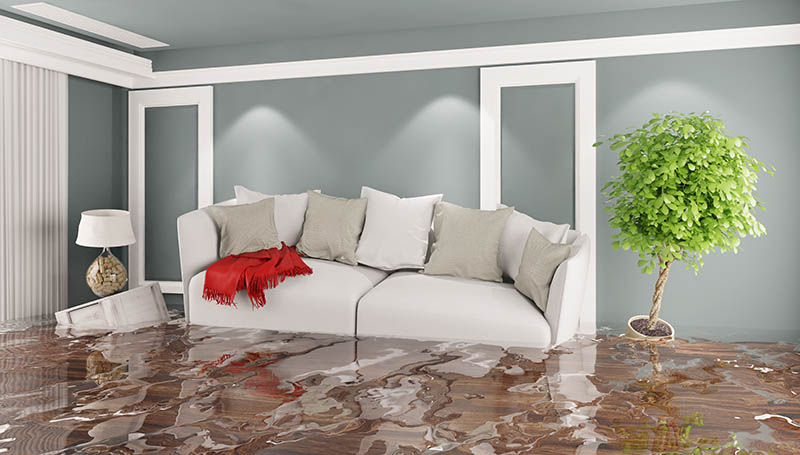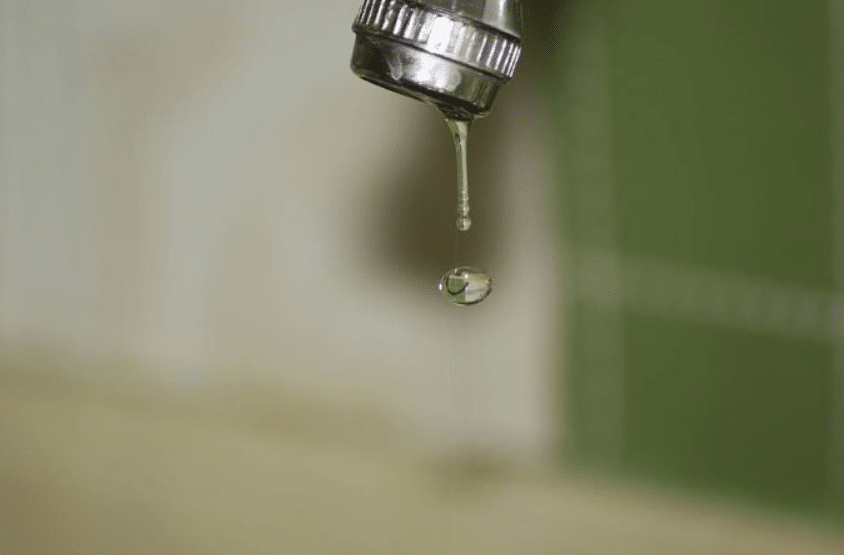Spot Major Triggers for Leak Problems Inside Your Home
Spot Major Triggers for Leak Problems Inside Your Home
Blog Article
What are your concepts on How to detect water leaks in your home?

Leakages not just create waste of water yet can additionally cause unneeded damages to your home as well as advertise undesirable natural development. Sadly, water leaks may go unnoticed considering that the majority of the pipework in our house is concealed. By understanding and also looking for day-to-day scenarios that trigger leaks, you can protect your home from future leakages and also unneeded damages. Today, we will consider 6 leak creates that might be creating your pipelines to leak.
Instantaneous temperature modifications.
Extreme temperature level changes in our pipelines can create them to increase and also contract all of a sudden. This growth as well as tightening might create splits in the pipelines, particularly if the temperature are below freezing. It would certainly be best if you kept an eye on how your plumbing functions. The existence of the formerly discussed situations frequently suggests a high danger.
Rusty water systems
As time goes by, your plumbing system ages and rust such as corrosion might start eating away the pipes. This might be the cause of discoloration or warping on your pipes. This asks for an assessment with your plumber right away. Consider changing the pipelines considering that they are at a higher danger of rust than the more recent designs if our plumbing system is old.
Faulty Pipeline Joints
The factor at which your pipelines connect is often the weakest link in the waterline. Pipeline joints can wear away gradually, leading to water leaks. The majority of pipeline joints are not quickly visible. If you have loud pipes that make ticking or banging sounds, especially when the hot water is turned on, your pipeline joints are probably under a great deal of stress. It is a good idea to have your plumber evaluate your system once a year.
Elbowing in roots
The majority of water leakages start outside the residence instead than inside it. You could observe damp spots or sinkholes in your backyard, and also that might suggest that tree roots are attacking water lines causing water to seep out.
Poor Water Connectors
At times, a leakage can be caused by loosened hoses as well as pipes that supply your home appliances. In situation of a water links leak, you may discover water running directly from the supply line or puddles around your appliances.
Blocked Drains
Obstructed drains pipes could be irritating and also inconveniencing, but they can in some cases end up causing an overflow bring about rupture pipes. Keep eliminating any type of materials that may decrease your drains that can block them to stay clear of such aggravations.
All the above are root causes of leaks yet not all water leakages arise from plumbing leakages; some leaks may originate from roofing system leakages. All leaks must be fixed quickly to stay clear of water damage.
Leakages not just create waste of water but can also cause unnecessary damages to your home and promote unwanted organic development. By looking and understanding for daily scenarios that trigger leakages, you can safeguard your house from future leakages and unneeded damage. Today, we will look at six leakage causes that might be creating your pipes to trickle.
At times, a leakage can be caused by loose tubes and pipelines that provide your appliances. In situation of a water connections leakage, you may see water running straight from the supply line or puddles around your appliances.
How To Check For Water Leak In Your Home
How To Check for Leaks
The average household's leaks can account for nearly 10,000 gallons of water wasted every year and ten percent of homes have leaks that waste 90 gallons or more per day. Common types of leaks found in the home are worn toilet flappers, dripping faucets, and other leaking valves. These types of leaks are often easy to fix, requiring only a few tools and hardware that can pay for themselves in water savings. Fixing easily corrected household water leaks can save homeowners about 10 percent on their water bills.
To check for leaks in your home, you first need to determine whether you're wasting water and then identify the source of the leak. Here are some tips for finding leaks:
Take a look at your water usage during a colder month, such as January or February. If a family of four exceeds 12,000 gallons per month, there are serious leaks.
Check your water meter before and after a two-hour period when no water is being used. If the meter changes at all, you probably have a leak.
Identify toilet leaks by placing a drop of food coloring in the toilet tank. If any color shows up in the bowl after 10 minutes, you have a leak. (Be sure to flush immediately after the experiment to avoid staining the tank.)
Examine faucet gaskets and pipe fittings for any water on the outside of the pipe to check for surface leaks.
Undetected water leaks can happen without the home or business owner even realizing. If you suspect a water leak, but not able to find the source. It is time to contact a professional water leak detection service, The Leak Doctor.
How To Find a Water Leak In Your Home
https://www.leakdoctor.com/blog/How-To-Check-For-Water-Leak-In-Your-Home_AE197.html

Do you like reading about Common Water Leaks In House? Write a remark down the page. We will be delighted to see your insights about this posting. We hope to see you back again in the future. Liked our blog entry? Please share it. Help another person locate it. I praise you for your time. Visit again soon.
Visit My Website Report this page